False Reading on Engine Temperature for Honda Civic
An engine coolant temperature sensor is essential for the optimal performance of your motorcar. The engine coolant temperature sensor'southward job is to mensurate the coolant temperature for the engine command module.
With this information, the engine control module adjusts the air-fuel mixture depending on the temperature.
Like every other component, the ECT sensor can also get damaged, resulting in several engine-related problems. Hence, information technology is advised to have your motorcar inspected correct abroad to avert any serious problems.
This commodity will hash out the almost mutual symptoms, location, replacement cost, and how to diagnose it. Let's take a quick wait at the signs:
The well-nigh common symptom of a bad coolant temperature sensor is a check engine calorie-free on your dashboard. You lot can also notice signs like higher fuel consumption than usual or non-working radiator fans, causing the engine to overheat at idle.
While these signs above are the about mutual ones, information technology'southward are not all of them. Here is a more detailed list of the common symptoms of a bad coolant temperature sensor.
Bad Coolant Temperature Sensor Symptoms
1. Check Engine Light
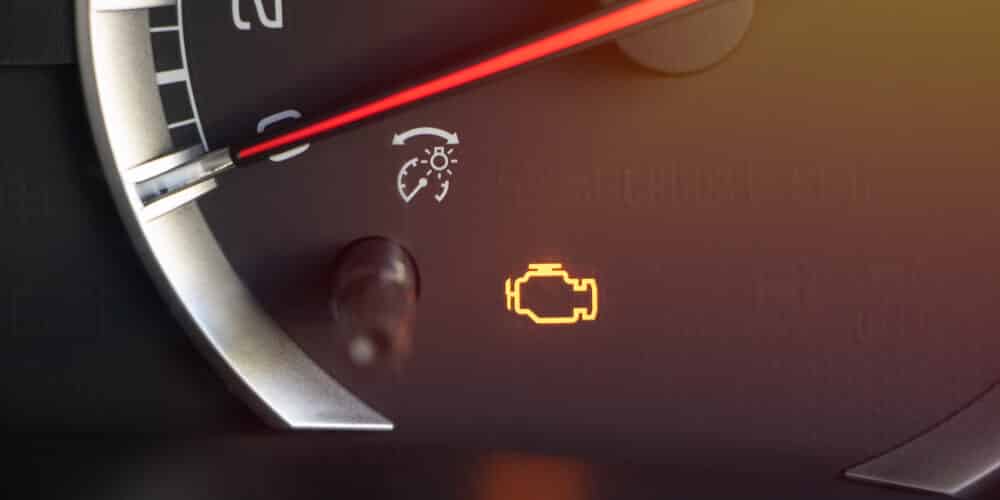
One of the showtime signs of all coolant temperature sensor symptoms you will probably find is that the check engine calorie-free will show upwards on your dashboard.
If the estimator detects any problem with the sensor'south circuit, it volition illuminate the check engine light, indicating that the auto needs an inspection.
If you see a bank check engine light on your dashboard, information technology is time to check the trouble codes with an OBD2 scanner.
2. Poor Mileage

A faulty ECT sensor can transport a false betoken to the onboard computer, resulting in an incorrectair-fuel mixture. For example, a faulty sensor can ship a signal indicating the engine is cold when it is not, and more than fuel will heat the engine quickly.
This will cause the fuel economy to drib and decrease the engine's performance.
3. Electrical Cooling Fans not coming on
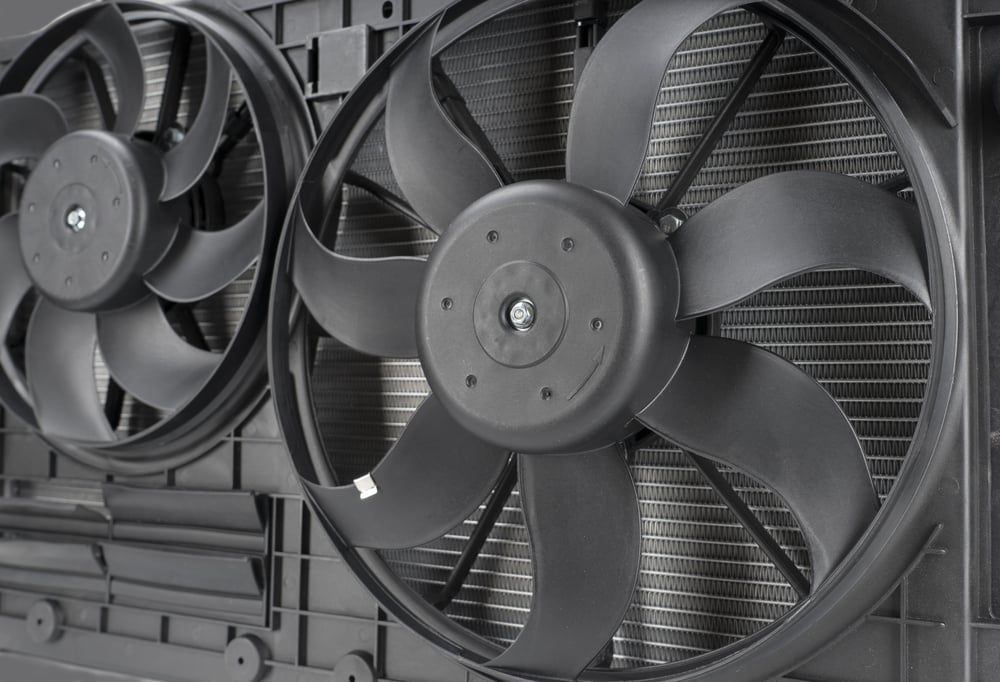
Some cars use the engine coolant temperature sensor to command the electric cooling fans. You have two separate temperature sensors for the fans, dashboard gauge, and engine management in almost cars.
Withal, if your motorcar has a unmarried sensor, a bad engine coolant temperature sensor may result in your fans won't start at all.
4. Blackness Smoke from the Frazzle Pipe

Due to an wrong engine temperature signal, the ECU may enrich the fuel mixture to a point where the combustion procedure becomes difficult.
The excessive fuel will burn in the exhaust pipe and will produce thick black fume.
5. Difficult Starting Condition
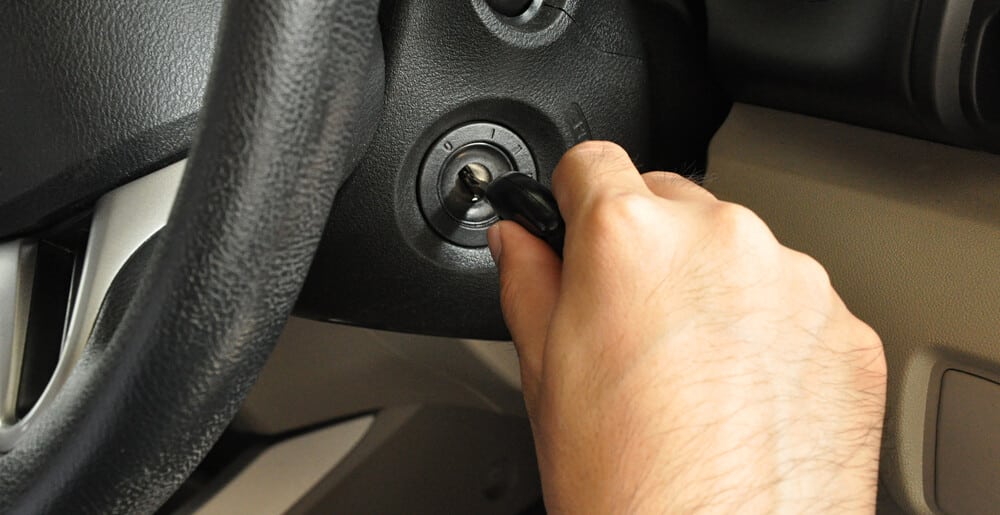
The starting moment of a motorcar is very critical with the amount of fuel getting injected into the engine. If the air-fuel mixture is faulty, you might find your car difficult or impossible to start.
vi. Engine Overheats

The cooling fan, which is behind the radiator grille, removes heat from the engine's coolant. This fan is electrically controlled and relies on the point from the onboard estimator.
If the fan receives a false signal, the fan might not turn on, causing the engine to overheat. Some vehicles have a separate coolant temperature sensor for the fan, but many cars use the same sensor.
seven. Poor Idling
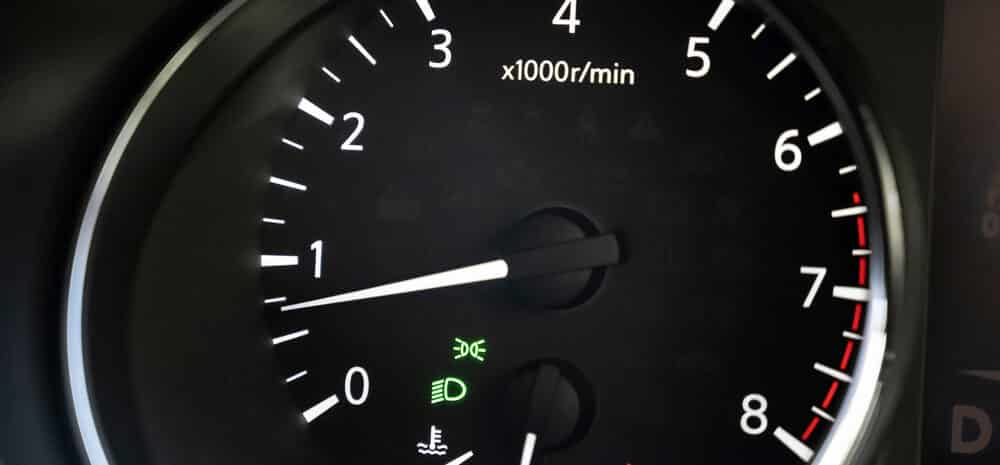
Due to a faulty ECT sensor, the fuel mixture will adapt. This will crusade the engine tovibrate or milk shake when the car is at low speed and pb to other power losses and strange behaviours.
The engine is very sensitive to wrong air-fuel mixtures at idle and this is a status when y'all might notice that something is wrong with your engine coolant temperature sensor.
eight. Poor Engine performance

The engine coolant temperature sensor can have a hard impact on the air-fuel mixture. A bad air-fuel mixture tin can as well cause the engine performance to drib drastically.
If you lot feel that the engine operation is not what it has been earlier, it may exist due to a faulty engine coolant temperature sensor.
What is a Engine Coolant Temperature Sensor?
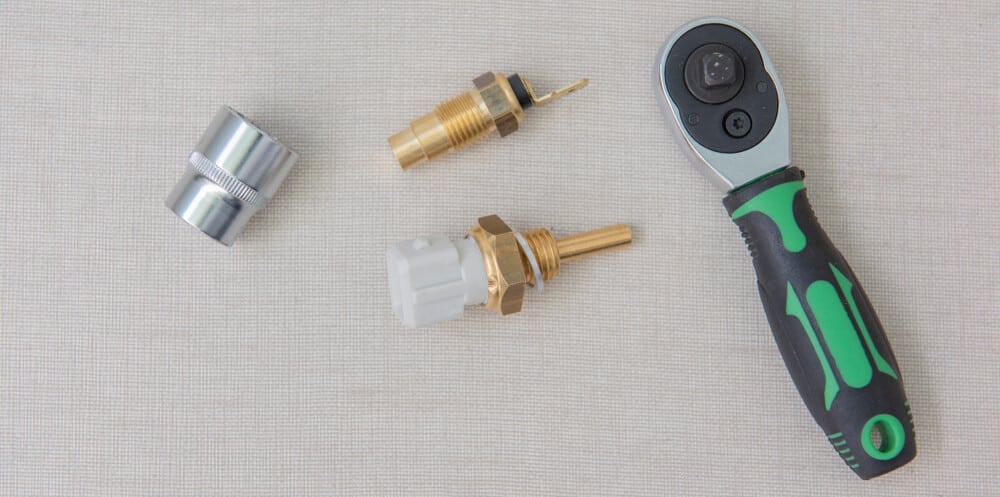
Coolant temperature sensors are also known as engine coolant temperature sensors or ECT sensors. The principle working of this sensor involves the use of an electrical resistance that measures the temperature of the coolant. These measurements produce essential data for the engine system of your vehicle.
The readings produced from the coolant temperature sensor are transmitted to the engine command unit, where they are utilized as data for regulating and maintaining the proper ignition time and the optimal fuel injection through the computerized approach.
RELATED: vii Causes Why Automobile Temperature Gauge Stays on Cold
Coolant Temperature Sensor Location
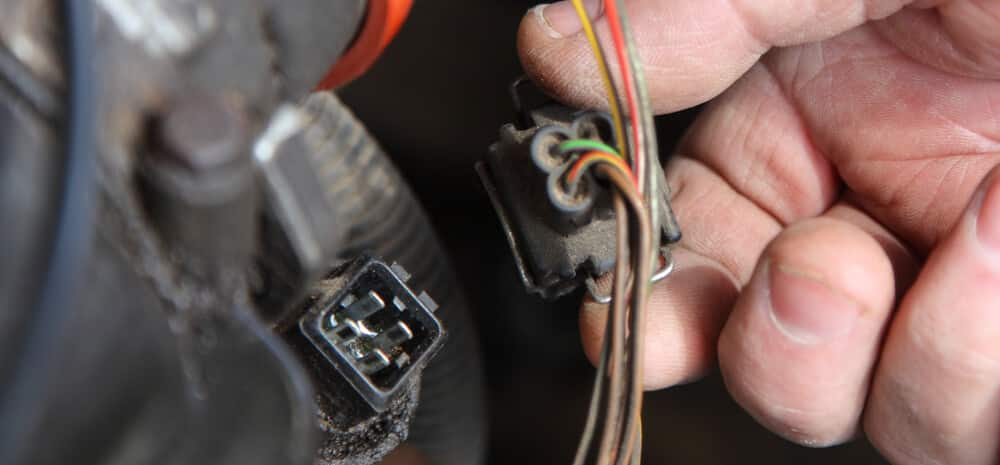
The engine coolant temperature sensor is usually located on the engine cake or cylinder caput. It is ofttimes installed on a plastic hose on the coolant's inlet.
Dissimilar brands and auto manufacturers have dissimilar means of placing the coolant temperature sensor depending on the automobile blueprint.
Some vehicles may accept more one temperature sensor, every bit sometimes different sensors are used to indicate to the dashboard, cooling fan control, and the command unit of your engine system.
With 2 sensors, we unremarkably consider sending signals to the control unit as the coolant temperature sensor.
Coolant Temperature Sensor Replacement Price
The average coolant temperature sensor replacement price is betwixt $50 and $250, depending on the car model and labor costs. A coolant temperature sensor costs $30 to $100, and the labor costs $xx to $150.
The coolant temperature sensor itself is often quite cheap and you can often find them around $40 for a quality ane. At that place are cheaper ones on the market, but I heavily recommend buying a quality one similar Bosch to skip the headaches.
The replacement is ofttimes likewise quite straightforward, except that you lot might accept to pour out all coolant from the engine and refill it – which ways that you lot have to remove all air from the coolant system, which tin can exist difficult.
However, if you lot are fast replacing the sensor, there is often no need to tap out the coolant, simply this requires some skills.
Recollect to always make certain the coolant temperature is low when doing this kind of work!!
How to Diagnose a Faulty Engine Coolant Temperature Sensor?
To diagnose the coolant temperature sensor, you need a repair manual for your auto model to find what measurement values you should expect from the coolant temperature sensor.
- Connect an OBD2 Scanner and look for related problem codes. Check the live data to encounter the temperature from the sensor. If it is way off the range, check the wirings, and replace the sensor.
- Locate the coolant temperature sensor in your vehicle by referring to the service manual.
- Find the coolant temperature sensor and remove the connector plugs.
- If you lot have ii pins on the coolant temperature sensor, you can try ohm measure between these two pins.
- Check your repair manual for the correct ohm-value at a given temperature.
- If the value is wrong – replace the sensor.
- If it seems fine, bank check the wirings and connectors between the coolant temperature sensor and the engine command module.
Source: https://mechanicbase.com/coolant/engine-coolant-temperature-sensor-symptoms/
0 Response to "False Reading on Engine Temperature for Honda Civic"
Postar um comentário